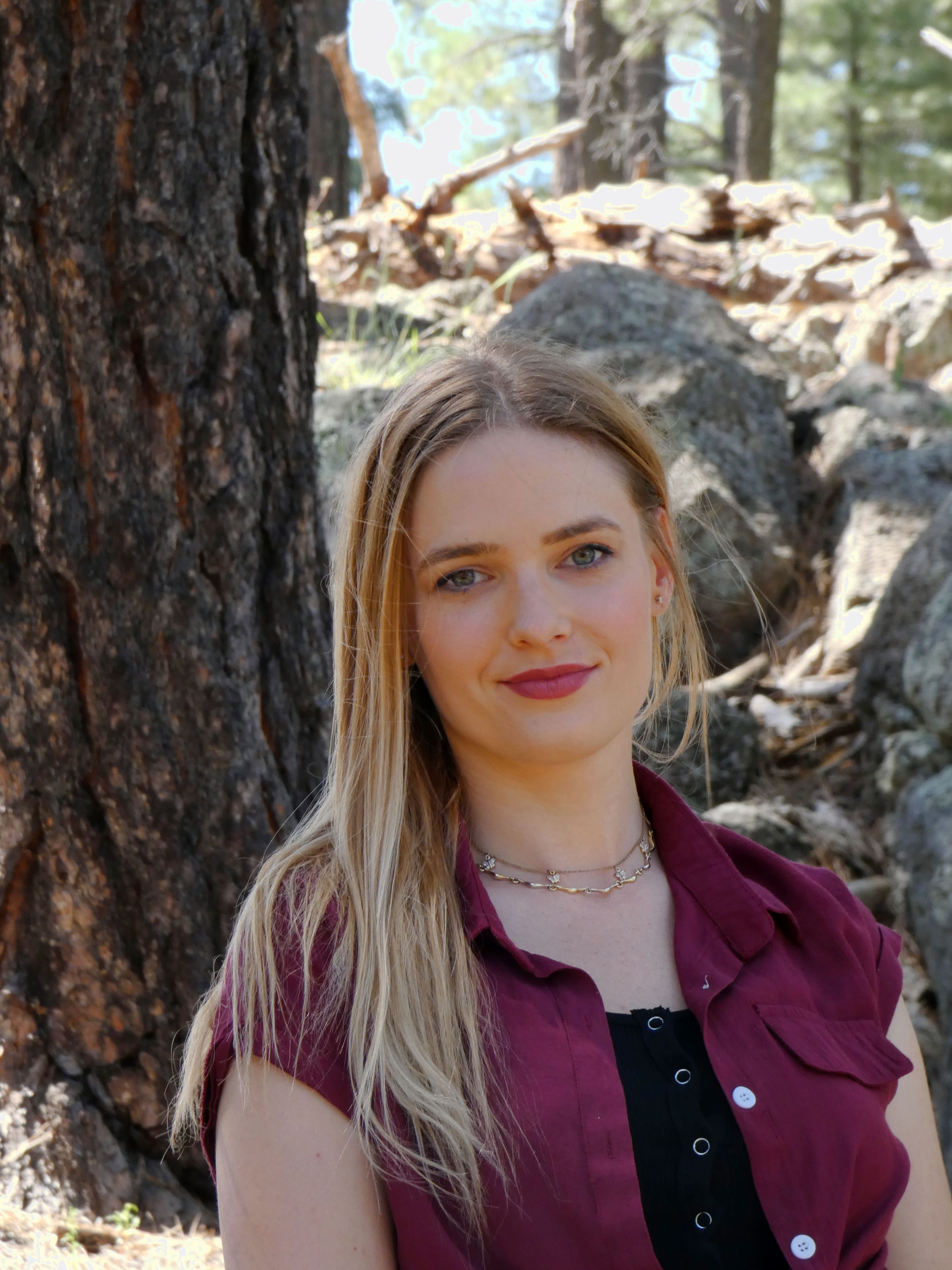Pollution
Terrestrial Biodiversity
Toxic Pollutants & Hazardous Substances
Agriculture, Crops & Soil Health
Nature-based Solutions
Post-Doctoral Fellowships
Poland
2013.05.31
ISPETI: Implementation of solid-phase extraction (SPE) for determination of low concentrations of Tl(III) in plant tissues
For this, Dr. Ospina-Alvarez turned to the plant Sinapis alba, a member of the mustard family known to accumulate high levels of thallium. Since the highly toxic thallium-III is present in only trace amounts, she is developing a new method to extract it directly from the complex material of plant leaves. This technique should yield more concentrated samples of this kind of thallium, leading to more accurate measurements. This could mean better detection of thallium and other trace contaminants, and more accurate assessments of risk—for the environment and for people consuming plants grown in contaminated soil. Her work could even contribute to a solution: a clearer understanding of the way these plants accumulate thallium could let them be used in clean-up efforts to draw the poison from the soil, leaving the Earth cleaner than they found it.
Plants & Poisons: Assessing Contamination in Our Environment
In her own words...
Thallium occurs in the environment in two oxidation states, as Tl(I) and Tl(III), but Tl(III) is a thousand times more toxic than Tl(I). As thallium toxicity depends on the redox state of the metal is essential to determine both forms in the environment.
Tl(III) is naturally present at very low concentrations, therefore the element has to be pre-concentrate before its determination. Solid-liquid extraction (SLE) is a method widely used for evaluation of thallium bioavailability from soil as well as for extraction of thallium from plant and soil samples. This project aims to evaluate the application of a similar approach, known as solid-phase extraction (SPE), for separation of Tl(III) from samples with complex matrices.
To add or modify information on this page, please contact us at the following address: community.research@axa.com

Natalia
OSPINA-ALVAREZ
Institution
University of Warsaw
Country
Poland
Nationality
Colombian
Related articles
Climate Change
Pandemics & Infectious Diseases
Terrestrial Biodiversity
Zoonose & Vector Borne Diseases
Global Warming
Wildlife & Invasive Species
Post-Doctoral Fellowship
Hungary
2023.08.31
How Will Climate Change Affect Bird-Spread Diseases
Expected start date:Aug-2023 Human, animal, and environmental health are interconnected. Climate change may alter the transmissions of diseases that can... Read more

Tamara
SZENTIVANYI
Center for Ecological Research
Climate Change
Pollution
Aerosols & Particulate Matters
Public Health & Health Policy
Toxic Pollutants & Hazardous Substances
Post-Doctoral Fellowship
Greece
2023.06.01
Insight in Dust Fine-Mode to Mitigate Health Hazards in a Changing Climate
Expected start date:June-2023 In late-April/early-May 2022, a surge of remarkable dust storms ravaged Iraq, resulted- according to the World Health... Read more

Emmanouil
PROESTAKIS
